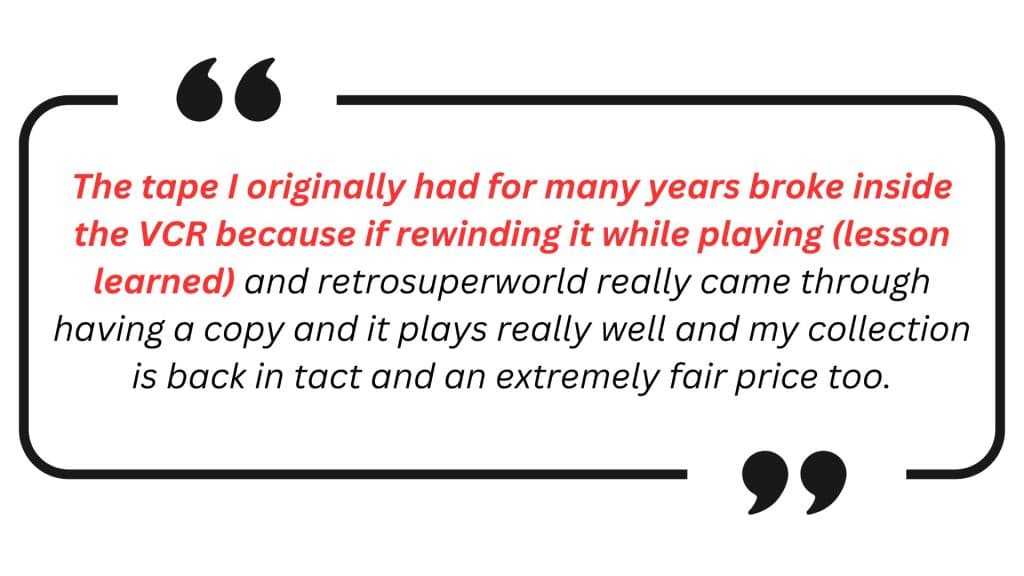In the age of streaming and digital media, the charm of VHS tapes remains unparalleled for enthusiasts and collectors. However, maintaining the quality of these precious tapes requires a bit of know-how. A common mistake that can damage VHS tapes is rewinding them while they’re still playing. This post explores why it’s crucial to press ‘Stop’ before you rewind and how this simple step can extend the life of your VHS collection.

The Mechanics of a VHS Tape
VHS tapes operate using magnetic tape technology to record audio and video signals. Inside the cassette, a spool of magnetic tape is wound between two reels. As the tape plays or rewinds, it passes over a series of heads that read and write these signals. Due to their delicate nature, improper handling can lead to physical wear and tear, significantly shortening a tape’s lifespan.
Why You Should Stop Before Rewinding
Rewinding a tape while it is still playing puts additional stress on both the tape and the VCR’s mechanical parts. This stress can cause stretching or breaking of the tape and wear down the moving parts of the player more quickly. By stopping the tape first, you minimize these risks, helping to preserve the tape’s quality and functionality over time.

How to Properly Rewind a VHS Tape
- Step 1: Stop the tape completely using the stop button.
- Step 2: Press the rewind button only after the tape has come to a full stop.
- Step 3: Wait patiently; never fast-forward or rewind at high speeds if your VCR includes this risky feature.
- Step 4: Once rewound, eject the tape gently to avoid any mechanical stress.
Caring for Your VHS Player
Regular maintenance of your VHS player is essential for its longevity and the safety of your tapes. Clean the heads and other components of the player every few months using a cleaning cassette. Also, ensure that your player is free from dust and stored in a cool, dry place.
Troubleshooting Common VHS Issues
- Sticky tapes: Clean the tape heads gently with a soft cloth and rubbing alcohol.
- Audio issues: Check and clean the audio head specifically, as it might be clogged with debris.
- Tracking problems: Adjust the tracking control on your VCR. If problems persist, professional calibration might be needed.
Preserving Your VHS Collection
To ensure the longevity of your VHS tapes, store them vertically in a cool, dry place away from direct sunlight. Keep them rewound to avoid tension on the tape, but rewind them occasionally to prevent sticking. For those who wish to keep their content safe indefinitely, consider digitizing your tapes to prevent loss from physical degradation.
Conclusion
Understanding and implementing these proper handling techniques will ensure that your VHS tapes continue to provide enjoyment and nostalgia. While VHS technology may seem outdated, the collective memories they hold are timeless. Take care of your tapes, and they will continue to bring the magic of the past into the future.

